Blueberries
-
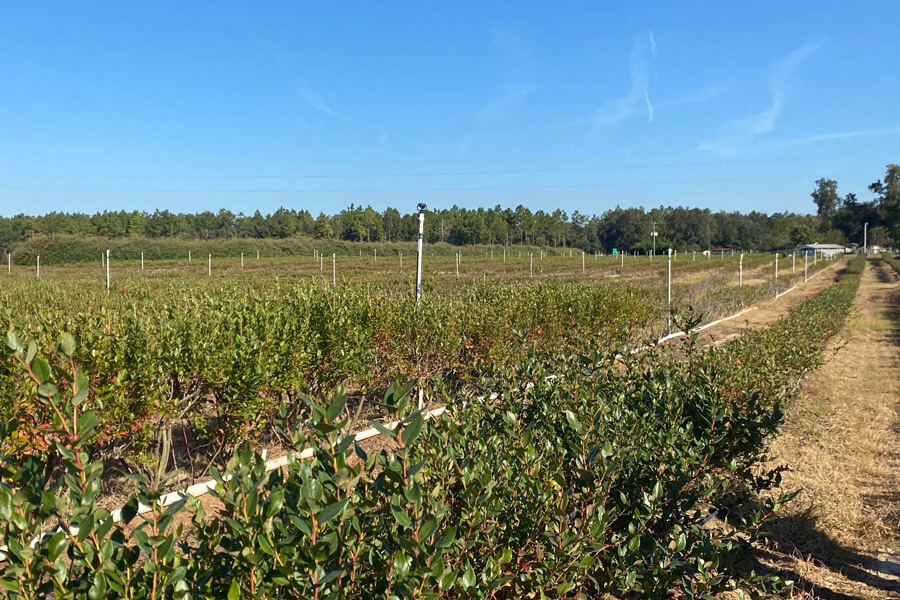
C 1267-SP
Pre-Establecimiento de Arándanos
Autora adicional: Natalia Espinoza, Department of Crop and Soil Sciences. Esta publicación cubre las consideraciones que los productores deben tener en cuenta al elegir un sitio para plantar arándanos. Describe las características del suelo que se necesitan para cultivar y producir arándanos, cómo identificar un buen suelo, su drenaje y cómo cultivos anteriores podrían afectar la productividad de los arándanos.
[This publication is the Spanish-language version of C 1267, Blueberry Pre-Establishment, and covers the considerations producers need to have in mind when choosing a site to plant blueberry. It describes the soil characteristics that are needed to grow and produce blueberry, how to identify good soil, soil drainage, and how prior crops could affect blueberry productivity.]
Zilfina Rubio Ames
|
-

Autor adicional: Michael Ulyshen, entomólogo investigador, Servicio Forestal de EE. UU. Esta guía muestra las abejas silvestres más comunes de las
plantaciones de arándanos en el sur de Georgia. El material
presentado aquí es un resumen visual del muestreo de 2021
y 2022 en campos comerciales de arándanos de los condados
productores más importantes: Bacon, Pierce y Ware. En total, se
encontraron más de 70 especies de abejas. La contribución de las abejas silvestres a la polinización de los arándanos es cada vez más reconocida. La identificación adecuada de estos insectos en el campo es una parte fundamental de los esfuerzos de conservación. (English: This guide shows common wild bees found in commercial
blueberry fields in southern Georgia, based on sampling in the
2021–2022 seasons in three major producing counties: Bacon,
Pierce, and Ware. In total, more than 70 bee species were found. The contribution of wild bees to blueberry pollination has is becoming widely recognized. Proper identification of these insects in the field is critical part of conservation efforts.)Svoboda Pennisi, Jason Schmidt, and Sarah Rezende
|
-
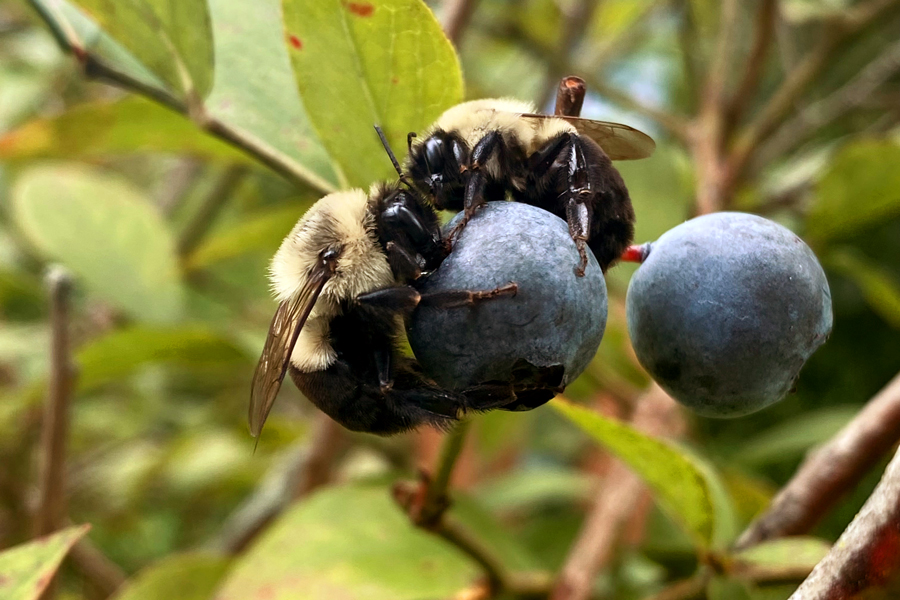
Additional author: Michael Ulyshen, Research Entomologist, U.S. Forest Service. This visual guide helps people identify common wild bees encountered in blueberry systems. The contribution of wild bees to blueberry pollination has is becoming widely recognized. Proper identification of these insects in the field is critical part of conservation efforts.
Svoboda Pennisi, Jason Schmidt, and Sarah Rezende
|
-

The 2024 edition of this publication covers integrated pest management information for blueberry producers in the Southeastern U.S. Recommendations are based on information from the manufacturer’s label and performance data from research and Extension field tests. This publication is intended for use only as a guide. Specific rates and application methods are on the pesticide label, and these are subject to change at any time.
Phillip Brannen and Ashfaq Sial
|
-

SB 48-05
Home Orchard
This section of the Home & Garden Edition covers pest control in home orchards, including apples, peaches, bunch grapes, muscadines, strawberries, blueberries, and other fruits. Beginning in 2022, the Home & Garden Edition has been updated biennially. When purchasing a product based on a first-year recommendation of the Handbook, check the current product label before purchase to be sure it is still labeled for the use for which you are buying it. For pesticide products you have on hand from earlier purchases, you are allowed to use them until they are depleted without penalty under the law. Always follow label instructions before use. Contact the product’s manufacturer for the most up-to-date label.
Harald Scherm, John All, Brett Blaauw, and Allison Johnson
|
-
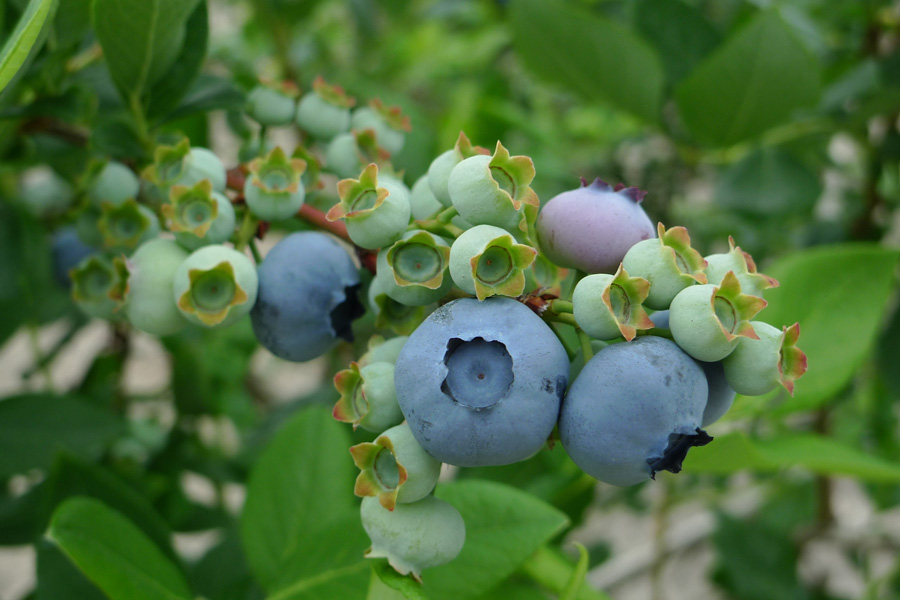
C 1278
Blueberry Production
This publication covers a brief history of the development of blueberries, plus general production requirements such as varieties, chill hours, soil considerations, etc. The southern highbush blueberry is a hybrid that requires fewer chill units compared to northern highbush types, allowing the state of Florida, southern areas, and Georgia to produce fruits in the U.S. market during March, April, and May. The development of southern highbush also has allowed the production of blueberries in countries such as Mexico and Peru.
Zilfina Rubio Ames
|
-
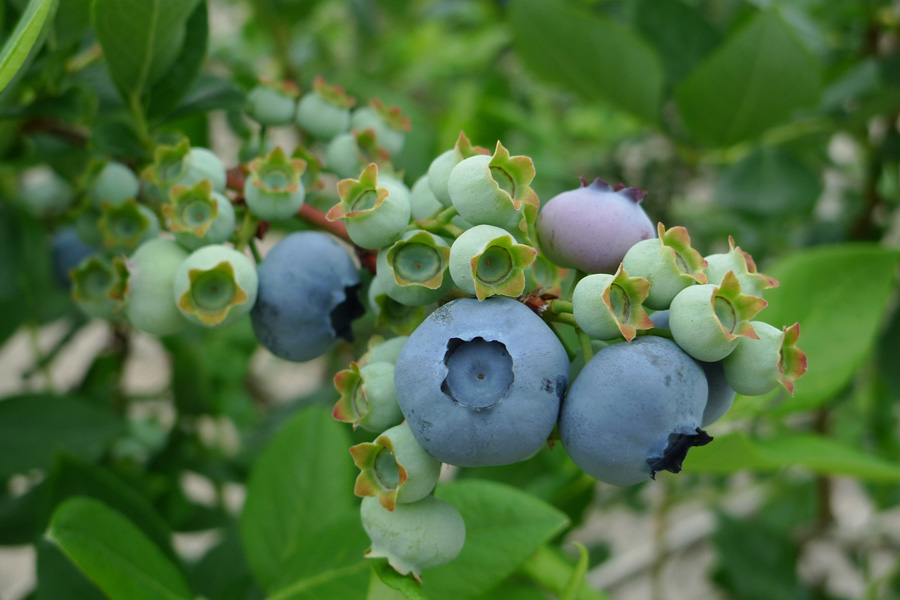
C 1278-SP
Los Arándanos y Su Producción
El arándano alto del sur, es un híbrido que requiere pocas horas de frio—una aproximación de cuantas horas la planta requiere estar expuesta a temperaturas de entre 32 a 45 °F para romper la dormancia y empezar iniciación floral—comparado con el arándano alto del norte. Por lo que permite al estado de Florida y áreas del Sur de Georgia posicionarse en el mercado estadounidense en los meses de Marzo, Abril y Mayo, y es el que ha permitido la producción de arándanos para exportación en países como México y Perú.
Zilfina Rubio Ames
|
-

This circular covers basic postharvest harvesting, handling and cold storage principles for fresh-market blueberries to ensure the highest possible shelf-life and quality while minimizing postharvest losses. Blueberries are harvested in Georgia from late April to late June. Southern highbush varieties are harvested early in the season while rabbiteyes ripen toward the end of the season. It is important to remember that berry quality is linked to both price and consumer acceptance, so providing consumers with good-quality fruit is key to the success of your operation. Machine harvesting is possible, especially for varieties that are resistant to bruising; hand-harvesting costs are a major expense in blueberry operations. Even though machine harvesters require a significant amount of capital, the investment is cost-effective in the long run for most producers. It is important to note that not all blueberry varieties are suitable for machine harvest. In Georgia, most rabbiteye varieties are machine-harvested, especially for the processed market. Blueberries are a highly perishable commodity, and their shelf life often is limited by high rates of respiration, softening, water loss, loss of flavor, mechanical damage, and decay. Therefore, reducing the temperature of the fruit as soon as it is harvested is crucial.
Angelos Deltsidis and Zilfina Rubio Ames
|
-
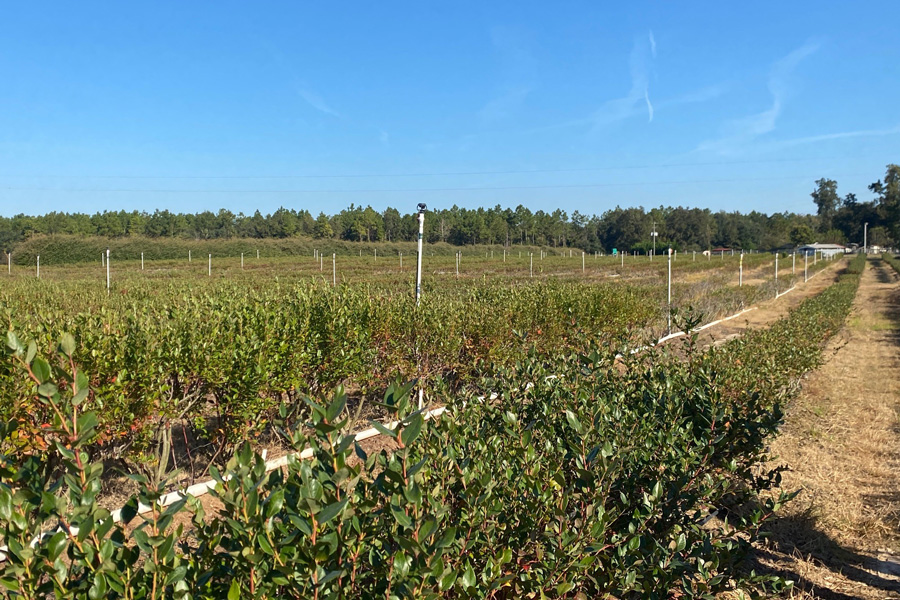
C 1267
Blueberry Pre-Establishment
This publication covers the considerations producers need to have in mind when choosing a site to plant blueberry. It describes the soil characteristics that are needed to grow and produce blueberry, how to identify good soil, soil drainage, and how prior crops could affect blueberry productivity.
Zilfina Rubio Ames
|